Add a burst of Mediterranean flavors to your bread or pasta with the sweet and savory blend of our Sicilian Tomato Sauce.
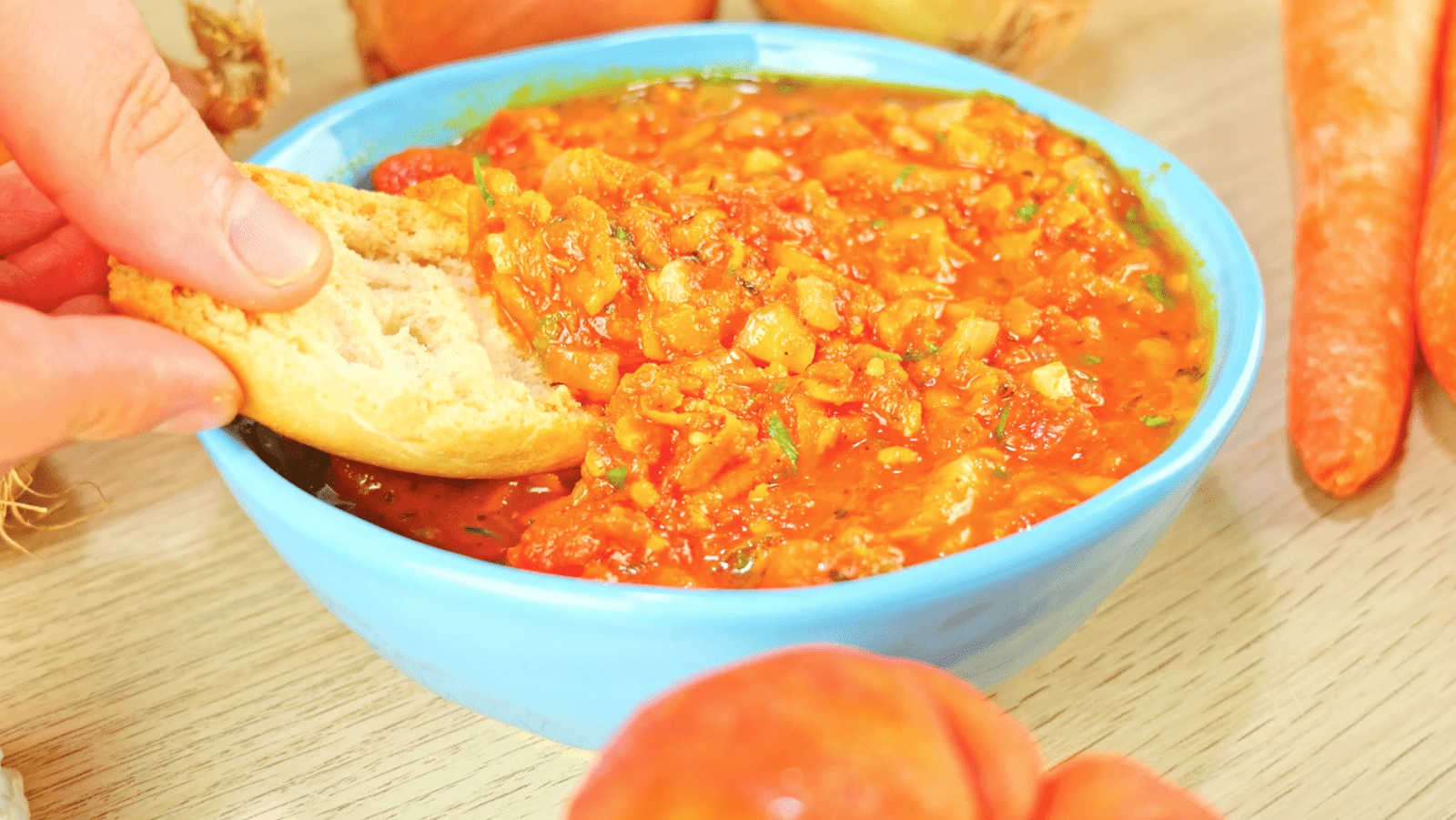
How to Make Sicilian Tomato Sauce
A detailed recipe with full quantities can be found in the recipe card at the bottom of this page.
Step 1: Prepare your ingredients by mincing the garlic, grating the carrot, and chopping the onion, oregano, and basil.
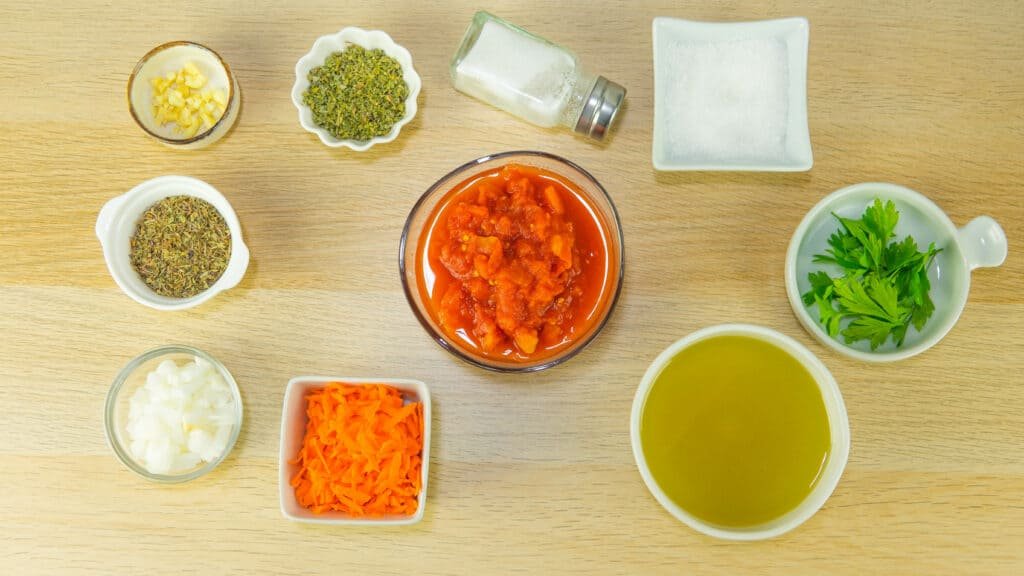
Step 2: Heat the olive oil over medium heat and then add the onions, sauté until translucent. Add minced garlic, stirring for 1-2 minutes.
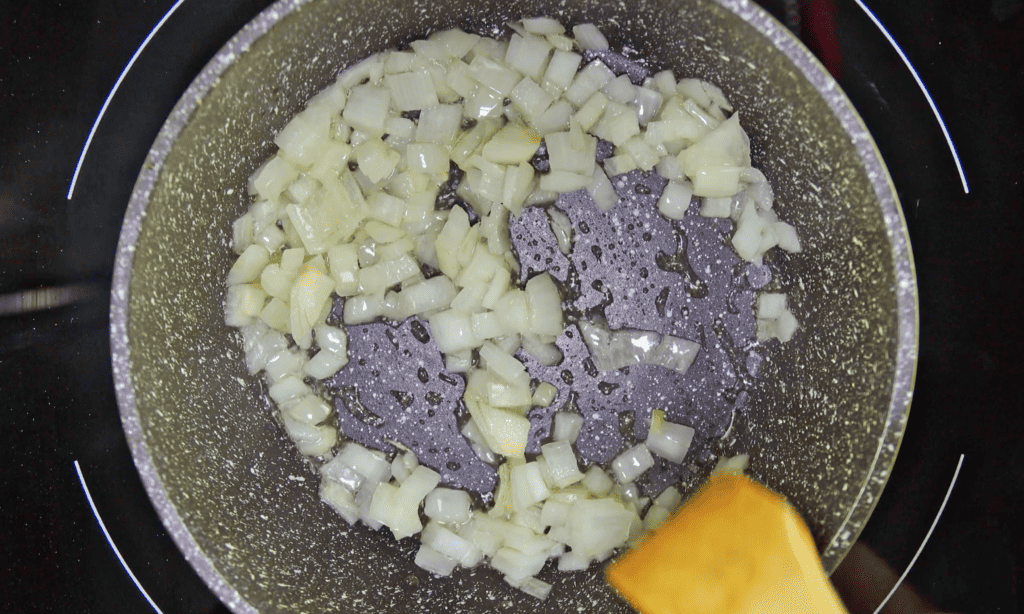
Step 3: Pour in crushed tomatoes, and then add your grated carrot, oregano, basil, chilli (if using it), salt, and pepper.
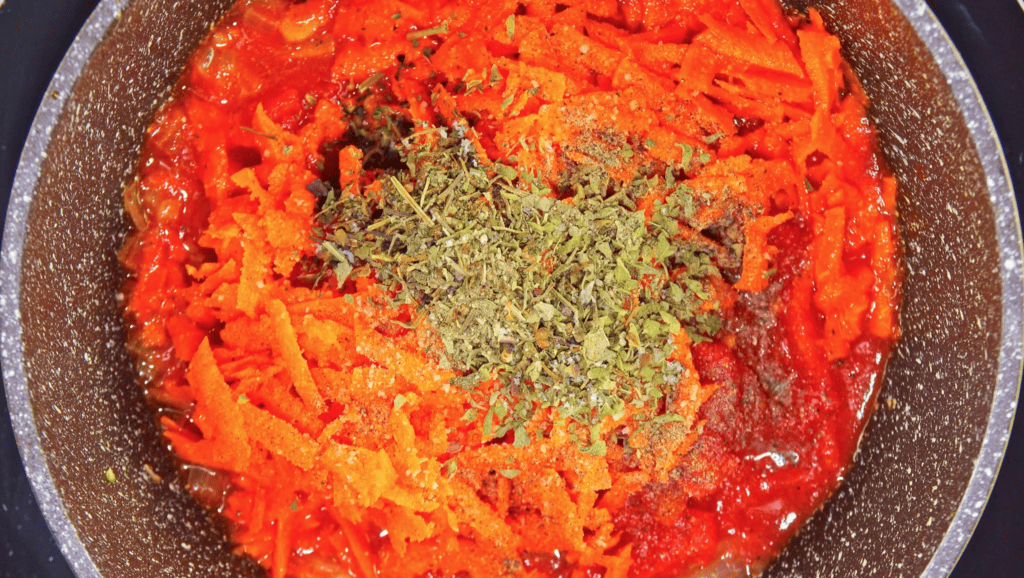
Step 4: Stir until well mixed. Simmer on low heat for 30-40 minutes, stirring occasionally as sauce thickens. You can add a little water if it thickens too much, and a teaspoon of sugar if it’s too acidic.
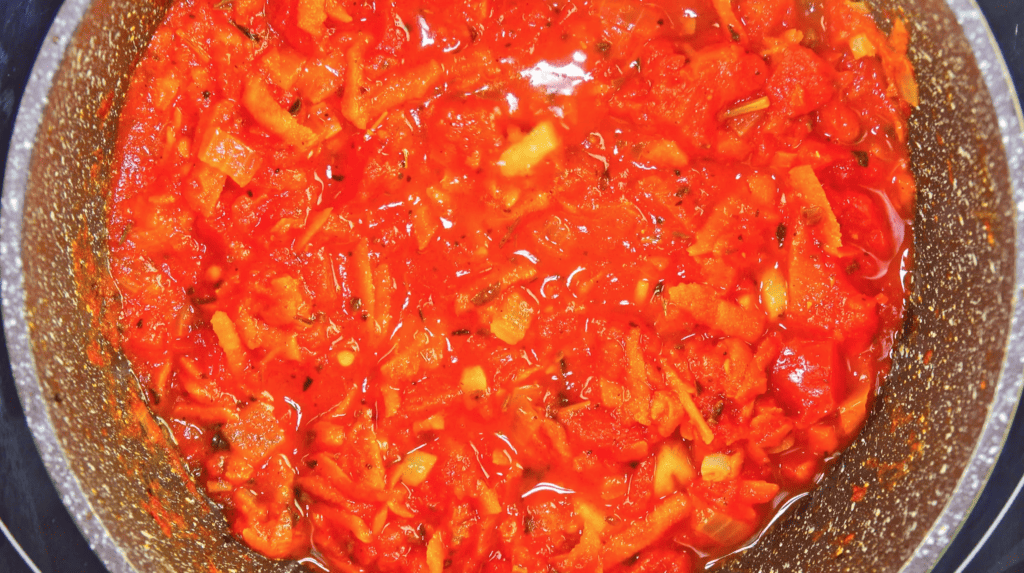
Step 5: Garnish with fresh basil (I like stirring mine in for a more even flavour) and serve with bread or on top of pasta.
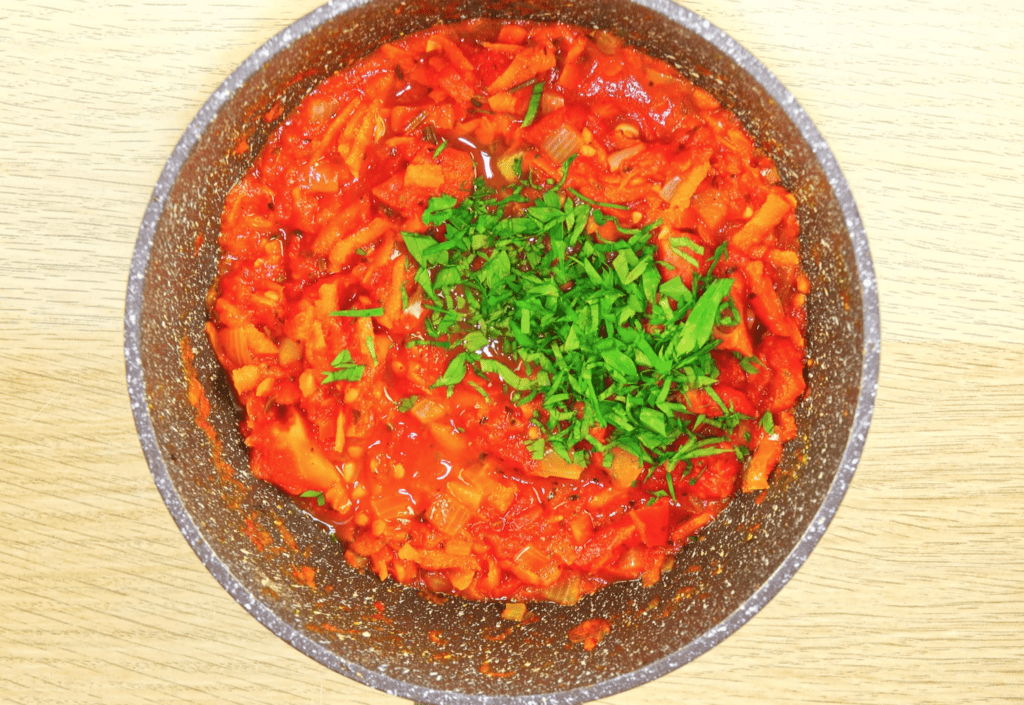
Tweaks
Try a few of these tweaks if you’re looking to change things up.
- Herbal Experiments: Try experimenting with different herbs. Thyme, rosemary, or marjoram are good options for added complexity.
- Additional Aromatics: Add a bay leaf (I do this) to infuse additional flavor into the sauce. Just remember to remove it before serving.
- Caramelize those Onions: Taking the extra time to caramelize your onions will add a sweet and rich depth to the sauce. I love this one when using the sauce exclusively on pasta versus bread.
- Roast the Garlic: Roast the garlic before adding it to the sauce for a milder, slightly sweet flavor.
- Parmesan Rind: If you have a Parmesan cheese rind, toss it into the sauce while it simmers. It’ll add a savory richness to your sauce. Or, garnish the original recipe with a little grated parmesan.
Storage
Admittedly, this sauce is best fresh. But if you made too much, never fear, here’s how to manage your leftovers.
Refrigerate: Homemade pasta sauces will last 3-4 days in the fridge. Once you’ve let it cool, transfer it to a glass container, and then cover. A few layers of cling wrap or a reusable lid will do.
Freeze: Most pasta sauce can be frozen for up to 6 months, but this one is chunky…really chunky. Which means it does better when you only freeze it for 3 months. If you’ve still got a lot, divvy your sauce into appropriate portion sizes and take some to work for lunch. Want more help? Read this.
Reheat: The best way to thaw your pasta sauce is to place it in the refrigerator overnight. Once mostly defrosted, you can place your pasta sauce in a sauce pan on a low burner setting, stirring every few minutes.
Alternatively, you can place your pasta sauce directly in the microwave from frozen. If you choose this method, ensure you’re using a low setting and remove it every few minutes to stir thoroughly. Also, don’t forget a loose fitting lid to keep any splatter at bay.

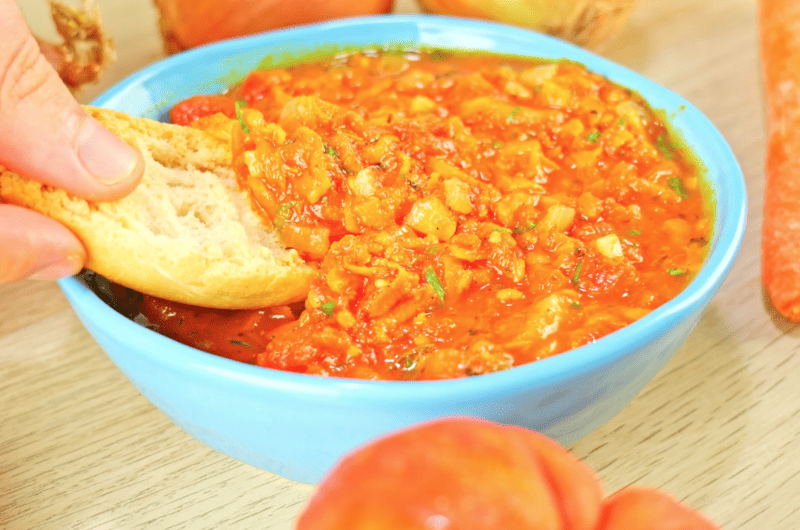








You omitted canning the sauce as a method of preserving it.
Canning frees refrigerator and freezer space, and can last longer. You can make a big batch to save time and work, then reach for a jar from your pantry when needed.
We appreciate canning as an excellent way to preserve some foods. Our focus just happens to be freezing.